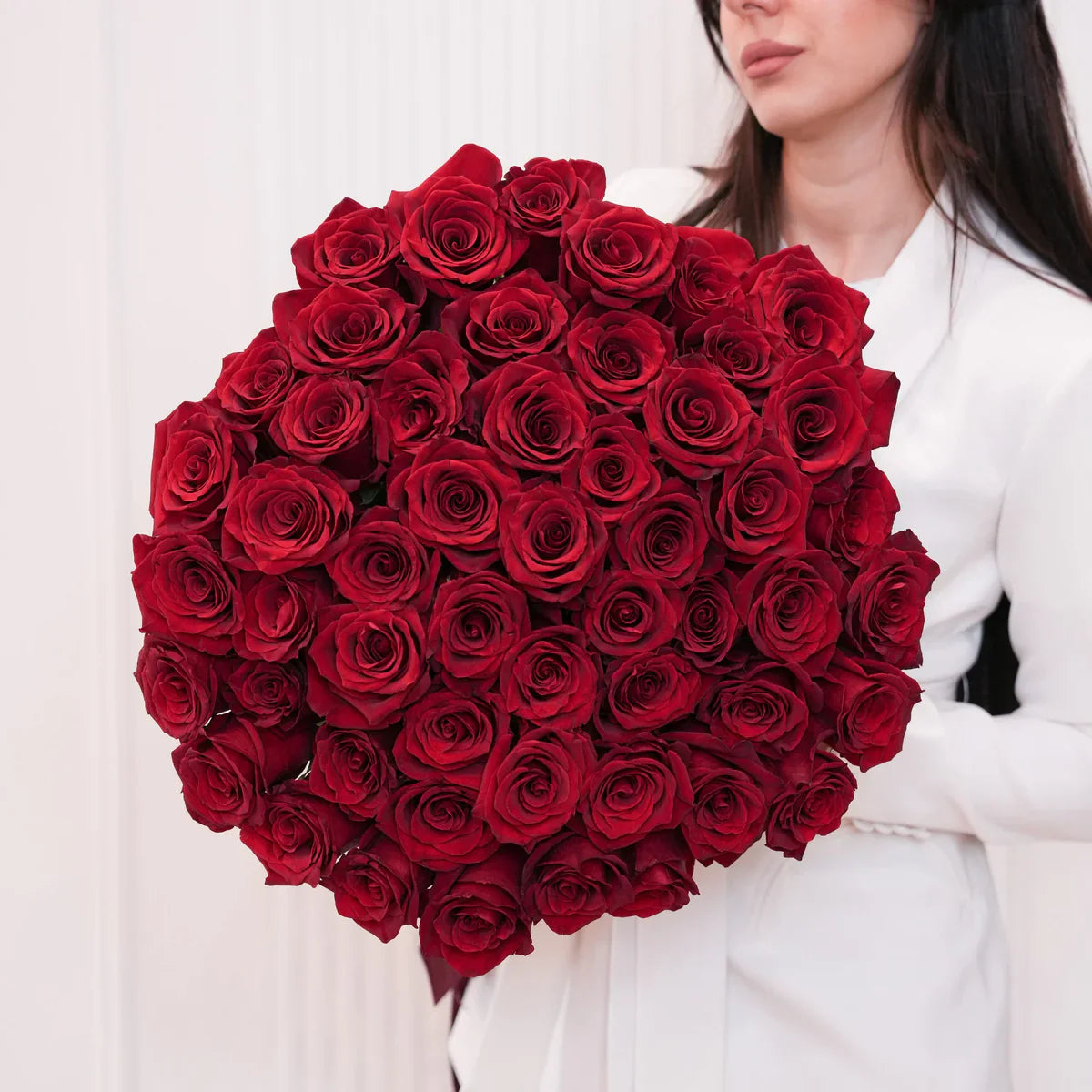When we admire flowers, we’re often drawn to their colors, scents, and overall beauty. But if you look closely, you’ll notice something remarkable: not all petals behave the same way. Roses have elegantly curled edges that spiral outward, while tulips maintain smooth, cup-like shapes. These differences aren’t random-they’re rooted in physics, biology, and evolution.
In this article, we’ll explore the fascinating science of petal shapes, focusing on why roses curl while tulips don’t. We’ll break down the forces at work, the role of genetics, and how environmental conditions influence floral form. And if you’re inspired to bring these natural wonders into your space, you can explore inspiring flower collections that highlight the variety and beauty of nature’s designs.
🌼 The Science of Petal Development
Petals, like all plant organs, grow through a combination of:
-
Cell division (adding new cells).
-
Cell expansion (increasing the size of existing cells).
-
Differential growth rates (different parts of the petal growing at different speeds).
When certain parts of a petal grow faster than others, curling or bending occurs. The balance of these forces determines whether a petal stays smooth, cups inward, or curls outward.
🌸 Why Roses Curl
Roses are famous for their spiraled petals, which create the iconic layered look. The curling occurs due to:
-
Uneven Growth Rates
-
The outer edges of rose petals grow at a slightly different rate than the inner portions.
-
This imbalance causes the edges to curve outward, producing the curled effect.
-
-
Petal Thickness and Flexibility
-
Rose petals have flexible outer tissues that bend easily.
-
Tulip petals, in contrast, are thicker and stiffer.
-
-
Water Distribution
-
Variations in hydration across a rose petal can cause subtle warping.
-
As the flower ages, differences in water tension exaggerate the curling.
-
🌼 Why Tulips Don’t Curl
Tulips stand apart because their petals typically remain smooth and cup-shaped.
-
Uniform Growth: Tulip petals expand more evenly across their surface.
-
Thicker Cell Walls: Stronger petal structures resist curling.
-
Evolutionary Adaptation: Tulips evolved to present their petals as protective cups for pollination, rather than spirals.
Interestingly, tulips do move-they open and close with the sun (nyctinasty)-but their petal edges rarely curl.
🌸 The Role of Physics
Physics explains much of this difference. The concept of differential growth stress shows that when one part of a thin sheet (like a petal) grows faster than another, the sheet curls or folds. Roses display high differential growth; tulips, low.
This is the same principle that explains why leaves curl, why some fruits wrinkle, and why human fingernails bend as they grow unevenly.
🌼 Environmental Influences
-
Light: Directional light can cause petals to grow unevenly.
-
Water: Fluctuations in hydration affect flexibility and curling.
-
Temperature: Higher temperatures can increase growth rates, exaggerating natural shapes.
This explains why roses in some climates curl more dramatically than in others.
🌸 Evolutionary Reasons
Why would evolution favor curling petals in roses but not tulips?
-
Roses: The curling creates a layered, protective spiral that shields pollen and nectar while adding complexity that attracts pollinators.
-
Tulips: Smooth cups provide a direct landing platform for pollinators like bees, ensuring efficient access.
Petal design is not just physics-it’s survival strategy.
🌼 Applications of Petal Physics
Understanding petal mechanics has practical uses:
-
Robotics: Engineers study petal curling for foldable materials.
-
Architecture: Bio-inspired designs mimic floral geometry.
-
Floristry: Knowing how flowers behave helps create longer-lasting arrangements.
🌸 Final Thoughts
The delicate curl of a rose and the smooth cup of a tulip might seem like simple differences, but they represent deep interactions of biology, physics, and evolution. Roses curl because of uneven growth and flexibility, while tulips remain smooth due to stronger petal structures and uniform expansion. Both forms are masterpieces of natural engineering.
If you’re inspired to explore the artistry of petal shapes in your own life, choose from curated flower collections that celebrate both the curled elegance of roses and the smooth beauty of tulips.


